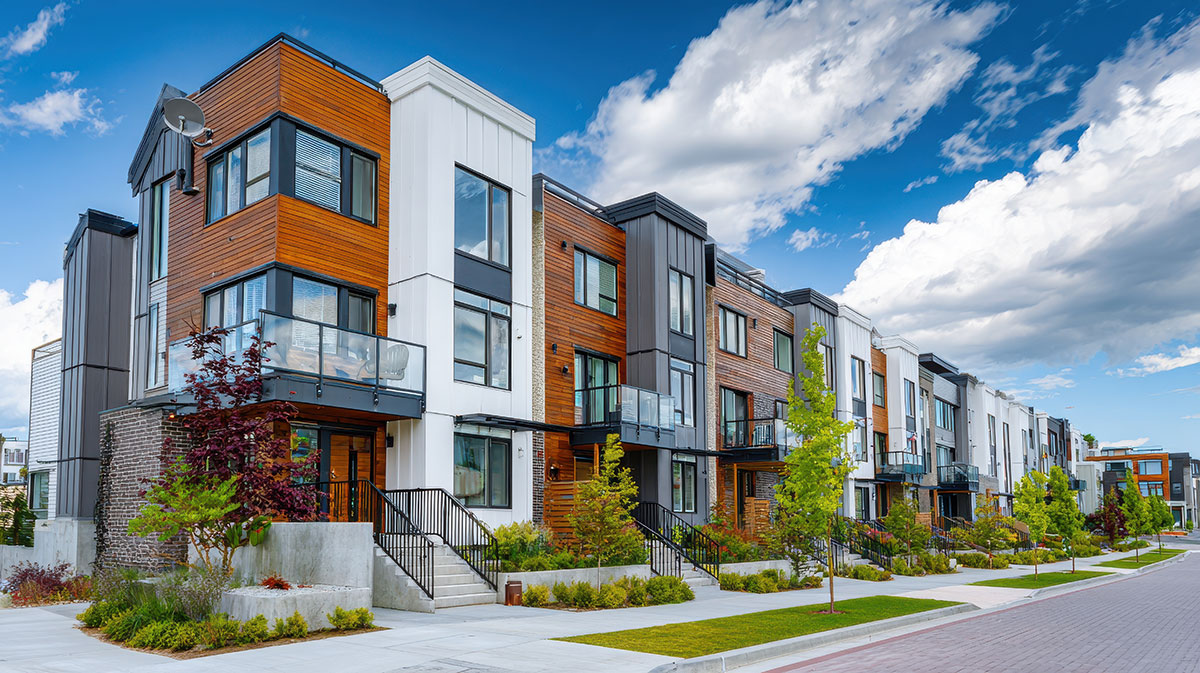The Foundation of My Investment Philosophy
Over the past decade, my investment strategy has evolved across several industries—from online business to biotech—but real estate has become the cornerstone of what I do today. Within real estate, multi-family housing stands out as a consistently strong performer. There are many reasons for this, but ultimately it comes down to demand, resilience, and long-term value.
When I first started investing in multi-family units, I was drawn to the predictable cash flow. Multiple tenants under one roof create a built-in safety net. Even when one unit is vacant, the others continue to generate income, giving the property stability that single-family investments often can’t match. That cash flow has been essential in building a foundation for further growth and diversification.
Demographics Are on Our Side
One of the key reasons I believe multi-family housing will continue to outperform is demographics. Across the U.S., population trends point to sustained demand for rental housing. Millennials and Gen Z are entering the workforce in larger numbers, many prioritizing renting over homeownership due to lifestyle flexibility, student debt, and affordability concerns.
Additionally, as urbanization continues, more people are moving into cities where multi-family units dominate the housing landscape. These shifts create a long-term pipeline of tenants, making multi-family properties inherently resilient. For me, investing in areas with strong population growth has been a critical factor in ensuring occupancy rates remain high and cash flow remains consistent.
Economic Resilience of Multi-Family Properties
Another factor that makes multi-family housing attractive is its performance during economic cycles. In recessions, single-family homes and commercial properties can struggle, but people still need a place to live. Multi-family units often see continued demand even when other sectors soften.
This resilience has become increasingly important in a world where economic volatility is almost expected. For me, the ability of multi-family housing to weather downturns while still generating revenue makes it an ideal long-term investment. Stability is not just comforting—it’s strategic, allowing me to focus on growth and reinvestment rather than worrying about gaps in income.
The Power of Cash Flow and Appreciation
Multi-family properties offer the rare combination of consistent cash flow and long-term appreciation. Cash flow provides immediate income that can be reinvested into new acquisitions, property improvements, or reserves for future opportunities. Appreciation builds equity over time, creating wealth that compounds across years and decades.
I’ve seen firsthand how this combination accelerates portfolio growth. Unlike investments that rely solely on appreciation, multi-family properties keep money flowing month after month, giving me the freedom to scale strategically. And unlike investments that rely solely on cash flow, the underlying property value appreciates, creating long-term wealth that extends beyond the present.
Scalability and Efficiency
One of the unique advantages of multi-family housing is its scalability. Managing a 20-unit building is often far more efficient than managing 20 single-family homes scattered across a city. Shared maintenance, centralized management, and consolidated utilities reduce operational costs while improving tenant satisfaction.
For me, scalability is a critical element of growth. It allows me to expand my portfolio without exponentially increasing operational complexity. Multi-family housing makes it easier to achieve economies of scale, which not only improves profitability but also enhances the long-term sustainability of each investment.
Strategic Location Matters
While multi-family housing has many structural advantages, location remains a critical factor in long-term performance. I focus on investing in markets with strong job growth, good infrastructure, and diverse economic drivers. These locations are more likely to see rising rents, lower vacancy rates, and appreciation over time.
I also pay close attention to emerging neighborhoods. Getting in early in a developing area allows me to capture upside potential while still benefiting from cash flow. For me, the right location turns multi-family housing into an even more powerful wealth-building tool.
Looking Ahead: Why the Next Decade Looks Strong
Looking forward, I’m confident that multi-family housing will continue to outperform for several reasons. Population trends, urbanization, and the ongoing demand for rental housing create a strong foundation. Economic cycles may fluctuate, but the essential need for housing provides resilience. And when combined with strategic location, efficient management, and disciplined investing, multi-family properties offer both income and growth potential.
For me, the next decade isn’t just about maintaining existing properties—it’s about identifying opportunities that align with these long-term trends. Expanding in markets with strong demographic growth, investing in properties that offer both cash flow and appreciation, and scaling efficiently are all part of a strategy designed to capture the strength of multi-family housing well into the future.
Multi-family housing has proven itself to be more than a safe investment—it’s a strategic one. Its combination of consistent cash flow, long-term appreciation, scalability, and economic resilience makes it a compelling choice for investors who want both security and growth.
As someone who has built and diversified multiple businesses and investment portfolios, I can say with confidence that multi-family housing will remain a core pillar of wealth creation in the years ahead. For me, it’s not just an investment—it’s a way to balance risk, create long-term value, and build a legacy that can endure for decades.
